Mitochondria Hărți Mentale - Galeria publică
Explorați vasta noastră colecție publică de mitochondria hărți mentale create de utilizatorii Mindomo din întreaga lume. Aici, puteți găsi toate diagramele publice legate de mitochondria. Puteți vizualiza aceste exemple pentru a obține puțină inspirație. Unele diagrame vă oferă, de asemenea, dreptul de a le copia și edita. Această flexibilitate vă permite să folosiți aceste hărți mentale ca șabloane, economisind timp și oferindu-vă un punct de plecare solid pentru munca dvs. Puteți contribui la această galerie cu propriile diagrame, odată ce le faceți publice, și puteți fi o sursă de inspirație pentru alți utilizatori și să fiți inclus aici.


Types of Cellular Injury
creat de Chan Samuel


Cell Communication
creat de Susann Escobar
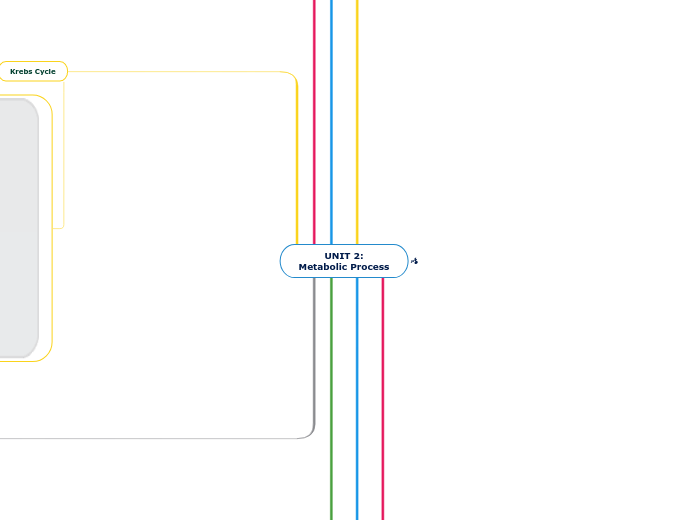

UNIT 2: Metabolic Process
creat de Natalie Mammone
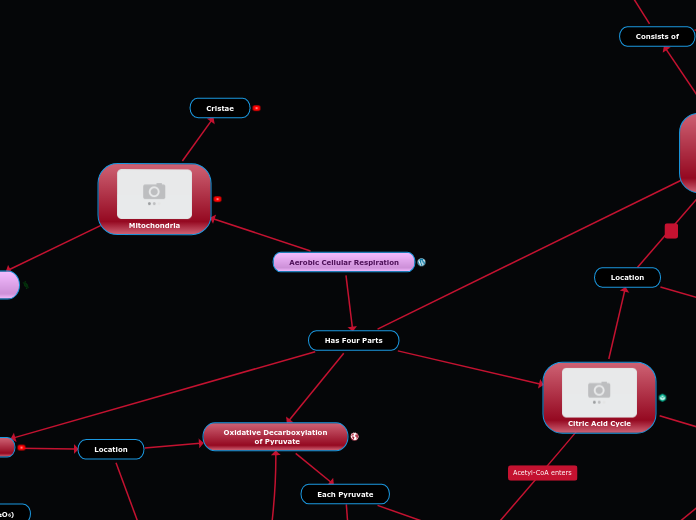

Cellular Respiration Concept Map
creat de cart5670 cart5670


Chloroplast
creat de Emma Spence


Bio 311C Concept Map
creat de Jeremy Wright
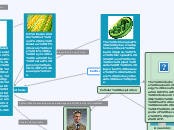

Cell process
creat de Claudia Briggs
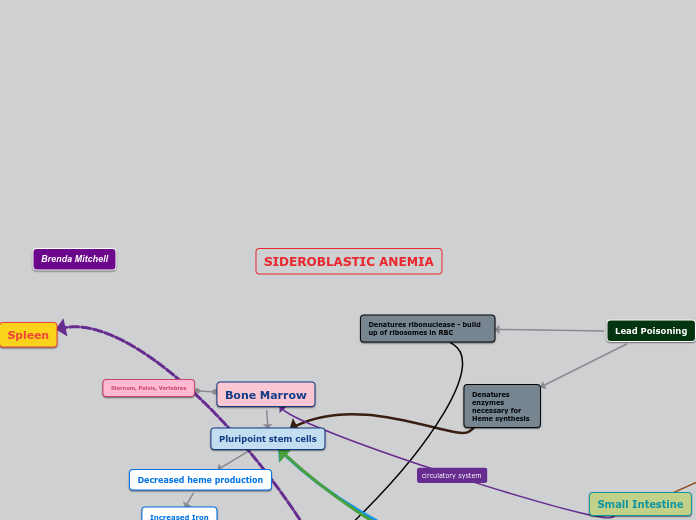

SIDEROBLASTIC ANEMIA
creat de Brenda Mitchell


cell organelles
creat de arianna luhman


Cellular Respiration Mind Map
creat de Camryn MacIntyre


Sample Mind Map
creat de Wan Muliati Bt Wan Zainal Abidin
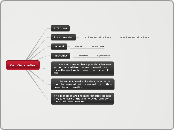

New Map
creat de Tessa Kindschy
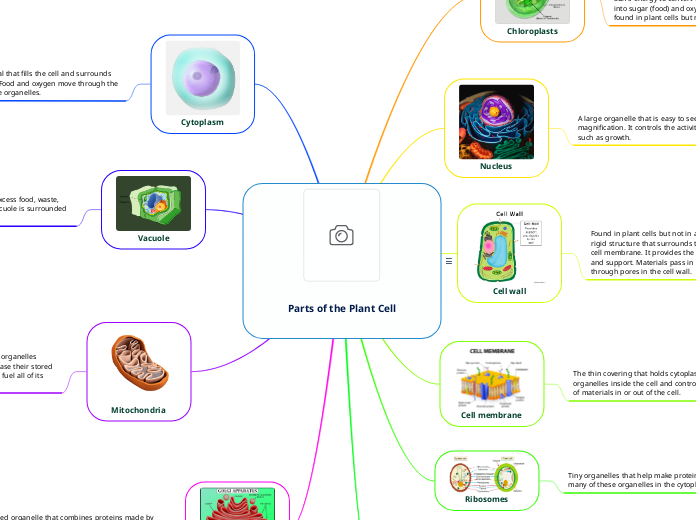

Parts of the Plant Cell
creat de Alex Sian
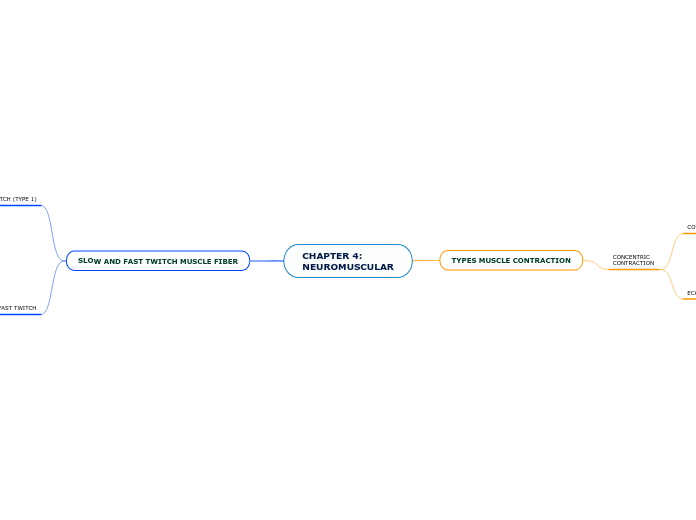

CHAPTER 4: NEUROMUSCULAR
creat de Arif Fakhry bin Zamron


Organelles job
creat de Emma Sawallisch


Comparing
creat de Nikina Bear-Lowen
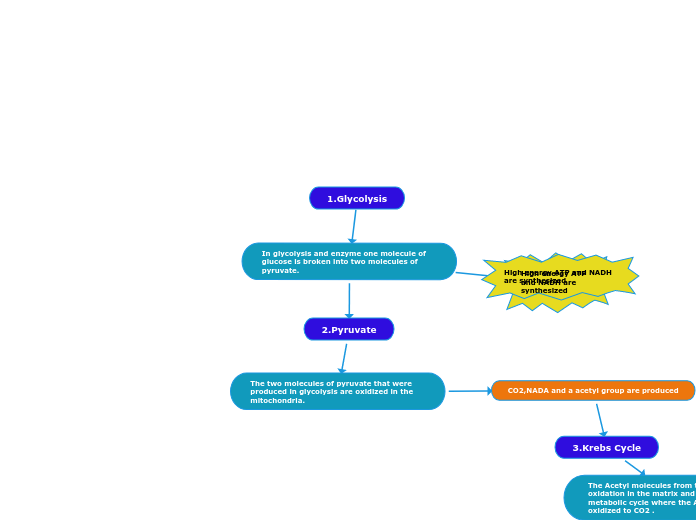

In glycolysis and enzyme one molecule of glucose is broken into two molecules of pyruvate.
creat de Moses Aidoo


Differences between Aerobic and Anaerobic System
creat de nurul maizurah
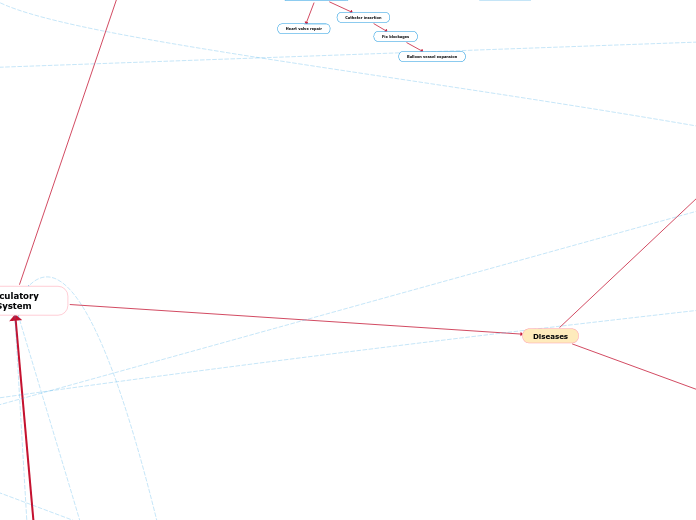

Inner Workings of the Human Body Systems When Exercising
creat de Majd Al-Aarg


Chapter 9
creat de Logan Gray
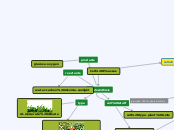

Cell Proesses
creat de Lydia Potvin


bio outside reading map
creat de Dalton Greenough
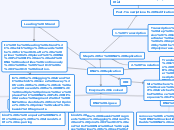

Bio
creat de Sathvik Srikalyani


patito
creat de Nataly Morocho
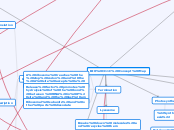

BIO 311C Concept Map
creat de Long H Nguyen
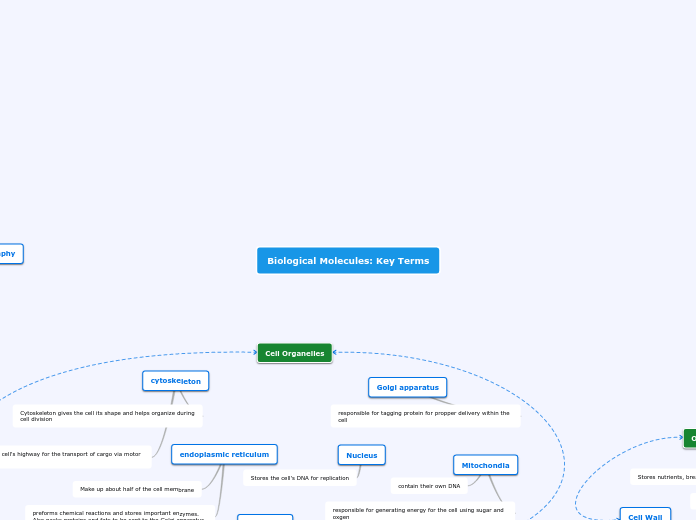

Biological Molecules: Key Terms
creat de Drew Karaim


Tech Essay #1
creat de Jane Matsell


Cell Processes - Spencer Place
creat de Spencer Place


cellular resperation
creat de Macy Clements


Biology Photosynthesis Boricua
creat de Diego Pimentel
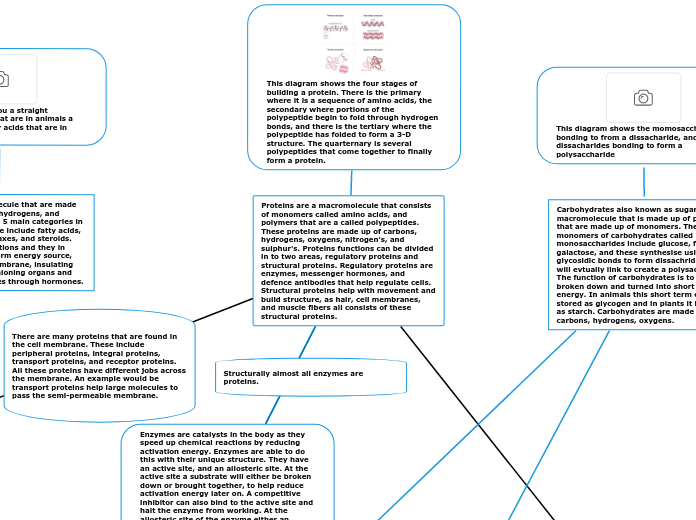

Proteins are a macromolecule that consists of monomers called amino acids, and polymers that are a called polypeptides. These proteins are made up of carbons, hydrogens, oxygens, nitrogen's, and sulphur's. Proteins functions can be divided in to two areas, regulatory proteins and structural proteins. Regulatory proteins are enzymes, messenger hormones, and defence antibodies that help regulate cells. Structural proteins help with movement and build structure, as hair, cell membranes, and muscle fibers all consists of these structural proteins.
creat de Brian Park
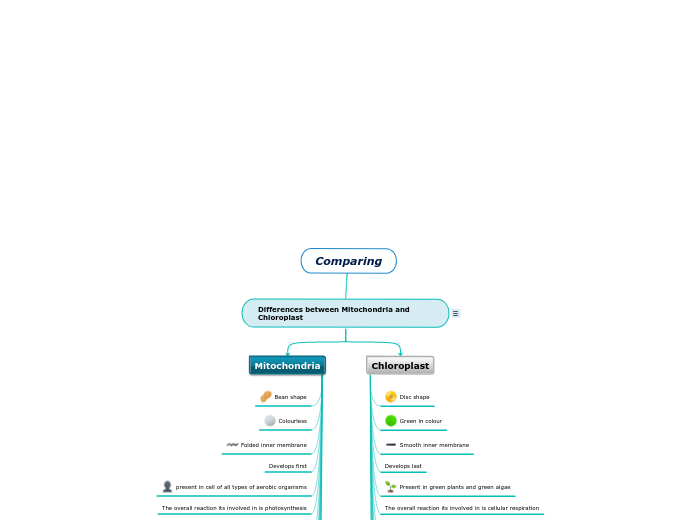

Comparing
creat de Nikina Bear-Lowen


Cellular Respiration Mind Map
creat de Brady Rangel
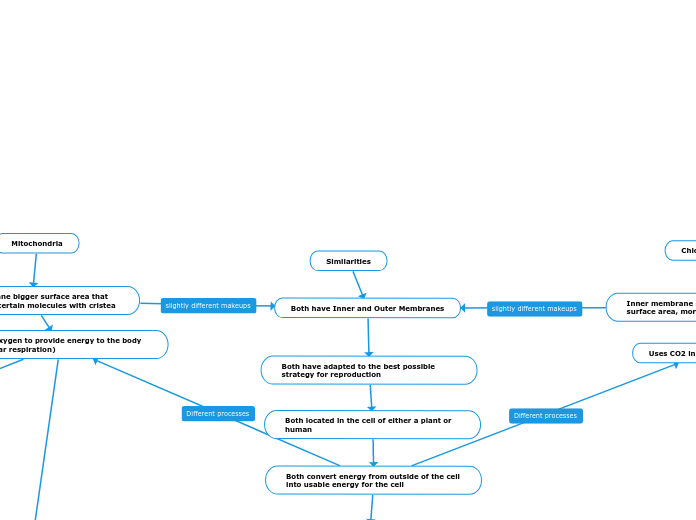

Similarities
creat de Alexandra Smith
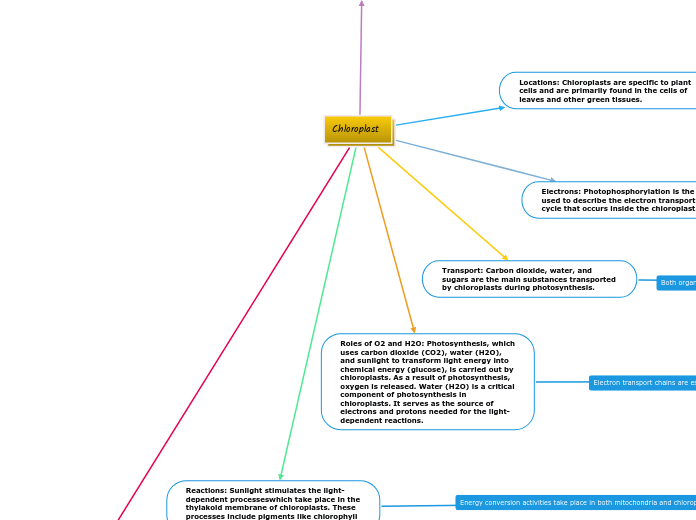

Chloroplast
creat de Chinwendu Ikenyei
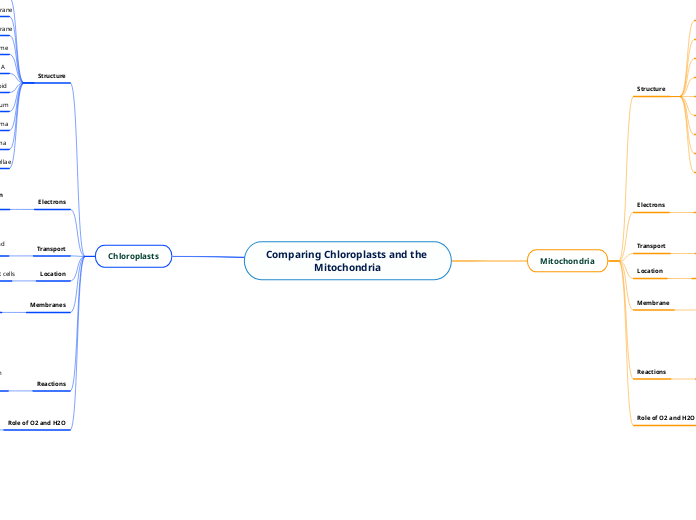

Comparing Chloroplasts and the Mitochondria
creat de Hailey Satar - Aylesbury PS (1425)


Chapter 7: Energy Systems and Muscle Fibers
creat de Liam Duclos



